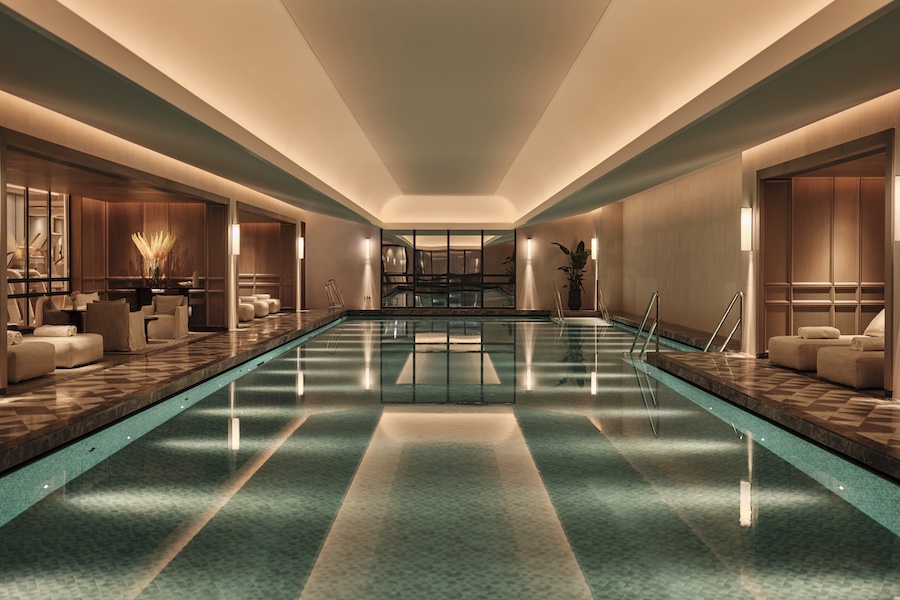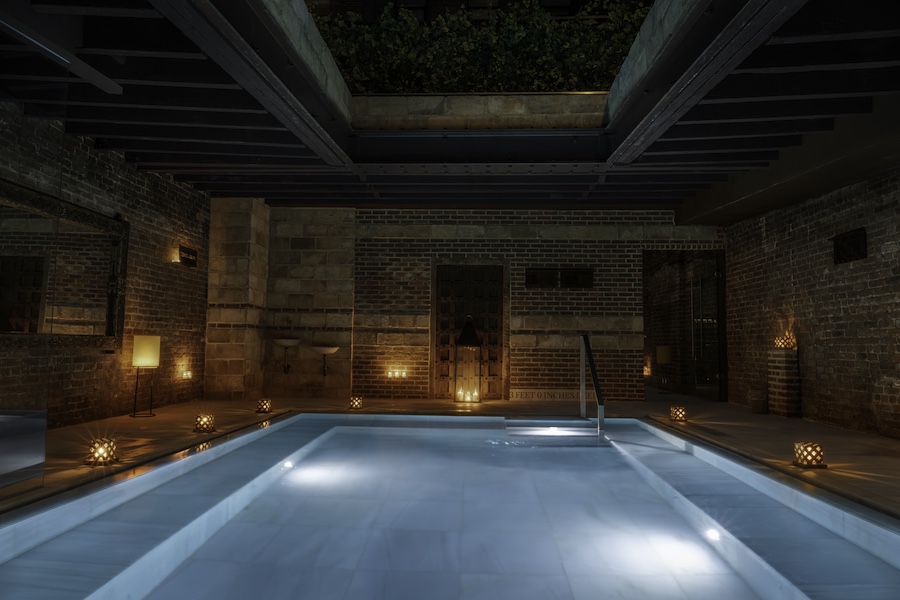To address the challenges of green design in the hospitality industry, RTKL recently completed participation in a year-long working committee facilitated by the USGBC. The committee, formally known as the Hospitality Adaptations Working Group, was tasked with developing sustainable design guidelines specifically tailored for lodging, F&B, and conferencing facilities.
RTKL principal Laura Galbreath AIA, LEED AP, the sole architect to serve on the committee, is optimistic that the new guidelines will encourage more hotel developers and operators to enhance their sustainability goals in accordance with USGBC standards. “While most clients are interested in sustainable design, many have been less apt to seek LEED certification for the very reason that the cyclical and variable nature of their business wasn’t addressed by the standard guidelines,” says Galbreath. “With new specifications that take into account meeting spaces, spa and pool facilities, and varying hours of operation, the hospitality industry now has a defined model for implementing sustainable design and practices.”
The committee’s assessment examined potential changes to all applicable rating systems, including those focused on design and construction, as well as LEED for Existing Buildings: Operations & Maintenance (EBOM). The resulting guidelines address a host of considerations including varying occupancy rates and water and energy usage that are unique to the hospitality industry.
In addition to serving on the USGBC committee, Galbreath was a leading member of the RTKL team responsible for creating the “Livable Environmentally Sustainable Suite” (LESS) concept, which encourages hotel guests to actively participate in reducing energy consumption through a benefits program.


